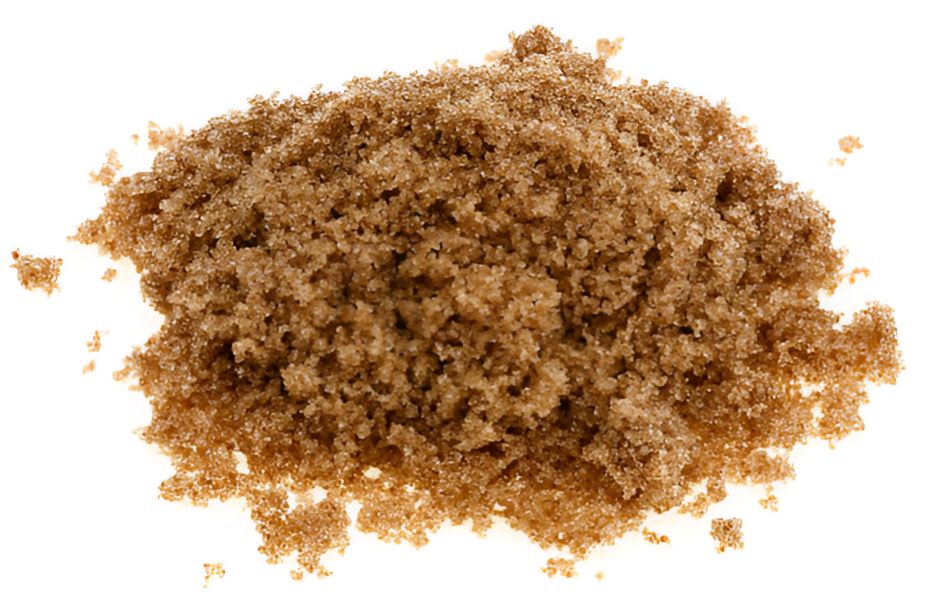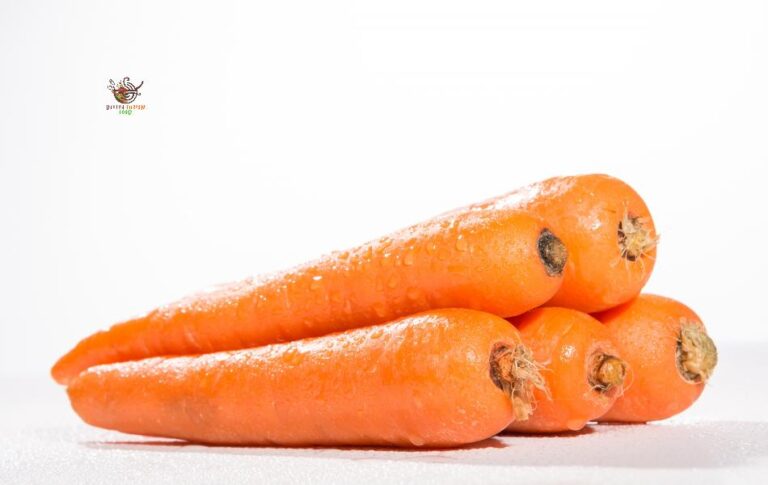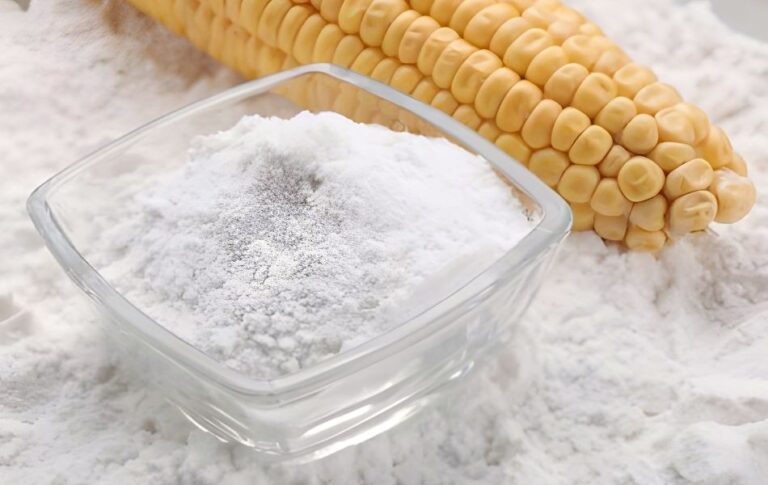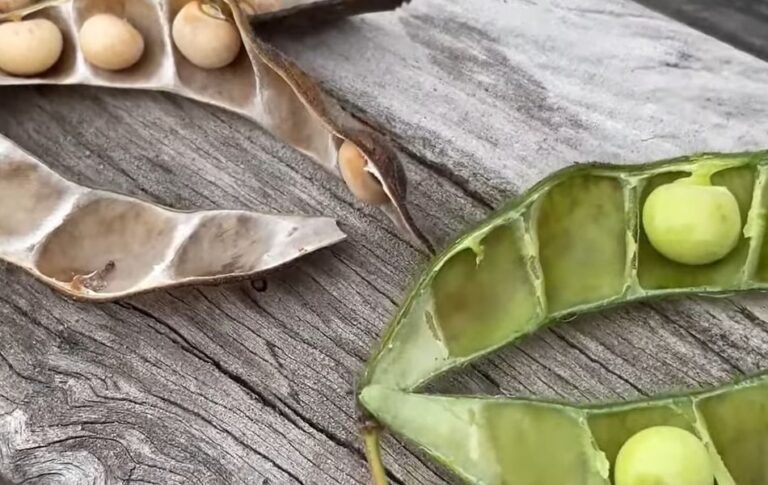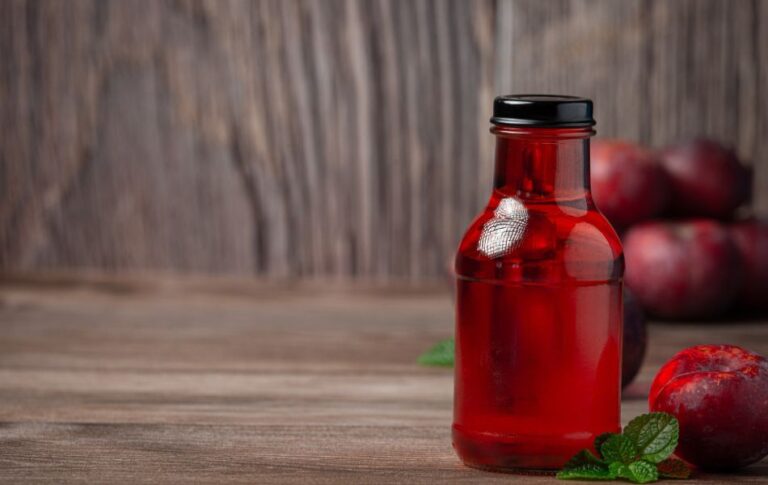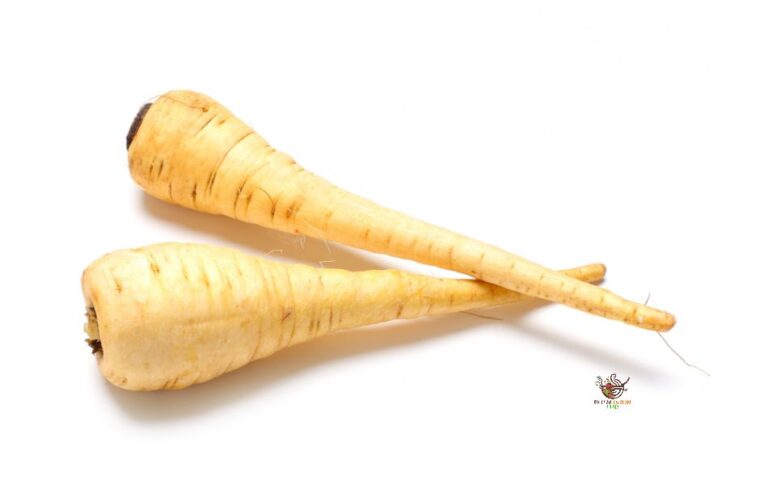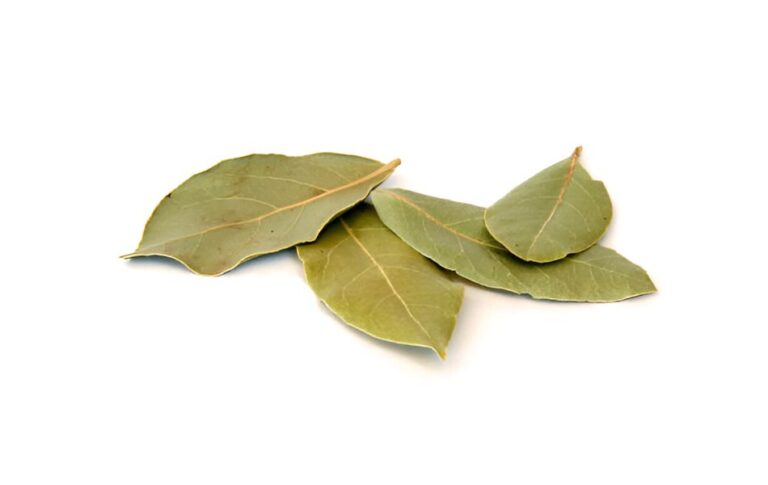What Are the Best Ways to Substitute Brown Sugar? 8 Easy Alternatives
When you’re baking, cooking, or just making a sweet treat, brown sugar is often the ingredient that adds that perfect touch of flavor and moisture. But what do you do if you’re out of brown sugar or need a healthier alternative?
The good news is there are plenty of substitutes you can try! Whether you’re looking for pantry staples, healthier alternatives, or options that suit specific dietary needs, this guide has got you covered.
Why Is Brown Sugar Special?
Before diving into substitutes, it’s important to understand why brown sugar is unique. Brown sugar is essentially white sugar mixed with molasses. This combination gives it a moist texture, a rich caramel-like flavor, and a deep color that enhances baked goods. These qualities make it a staple ingredient for cookies, cakes, and BBQ sauces. But don’t worry – there are plenty of ways to mimic its flavor and texture with ingredients you may already have at home.
Things to Keep in Mind When Substituting Brown Sugar
Before reaching for a substitute, consider these factors:
- Flavor: Some substitutes may lack the molasses flavor that makes brown sugar so distinct.
- Texture: Certain substitutes can be drier or more liquid, so you may need to adjust your recipe.
- Sweetness Level: Some alternatives are sweeter, while others are less intense, which may impact the final taste.
Now that you know what to expect, here are some excellent substitutes for brown sugar.
Top Substitutes for Brown Sugar
1. White Sugar and Molasses: The Classic Combo
Best for: Recipes that need both the sweetness and moisture of brown sugar.
A simple and effective substitute for brown sugar is to mix white sugar with molasses. This combination mimics the flavor and texture of brown sugar perfectly.
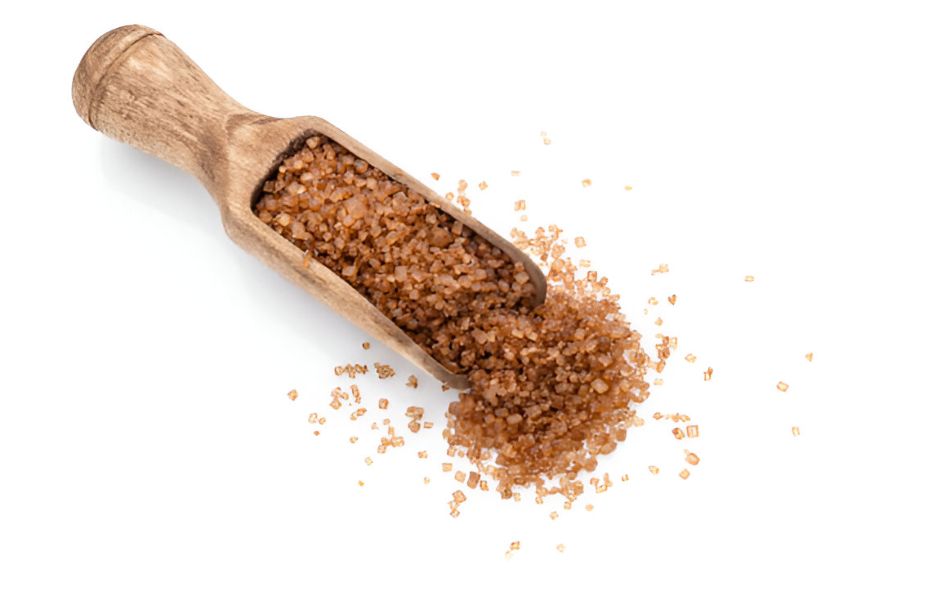
How to substitute:
- Use 1 cup of white sugar and one tablespoon of molasses for every cup of brown sugar.
- Adjust the amount of molasses depending on how strong you want the flavor to be.
Why it works: Molasses adds the moisture and caramel flavor that brown sugar is known for, while white sugar provides the sweetness. This mixture works well in most baking recipes.
Pro Tip: If you don’t have molasses, maple syrup or honey can work as a substitute, though the flavor will differ slightly.
2. Coconut Sugar: A Healthier Alternative
Best for: Health-conscious individuals or those looking for a low glycemic option.
Coconut sugar is made from the sap of coconut trees and is a great substitute for brown sugar, especially if you’re looking for a healthier alternative. It has a similar color and texture to brown sugar and offers a slightly nutty, caramel-like flavor.
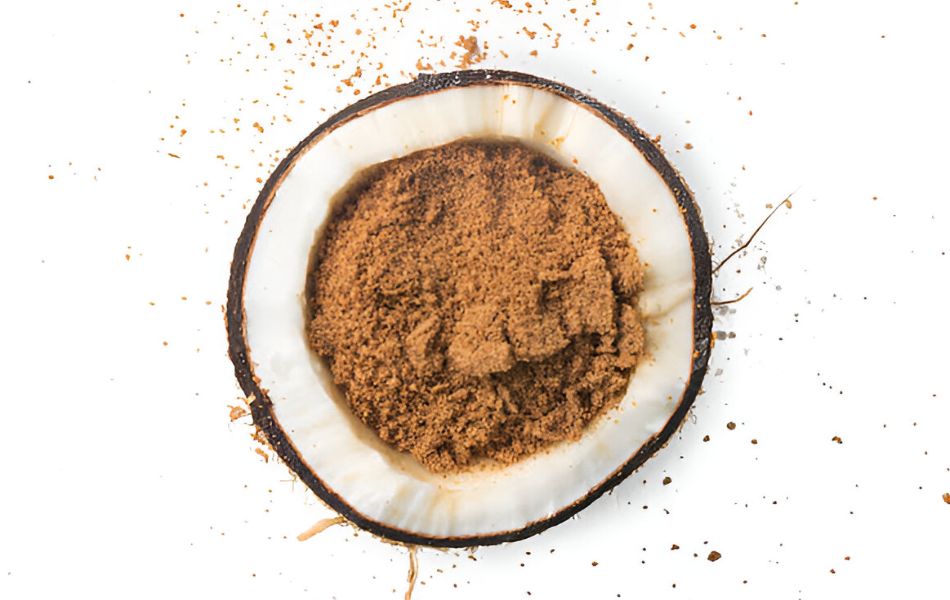
How to substitute:
- Use coconut sugar in a 1:1 ratio for brown sugar.
Why it works: Coconut sugar has smaller granules and a slight toffee-like taste, making it a great substitute in recipes like cookies and cakes.
Note: It’s drier than brown sugar, so you may want to add a teaspoon of water or maple syrup for moisture.
3. Maple Syrup: Sweet and Flavorful
Best for: Sweet and moist recipes or when you’re looking for a more complex flavor profile.
Maple syrup can be a great brown sugar substitute in recipes that need extra sweetness and moisture. It’s also packed with flavor, adding a unique touch to cookies, cakes, and even savory dishes like marinades.
How to substitute:
- Substitute 1 cup of brown sugar with ¾ cup of maple syrup and reduce the liquid in your recipe by about 2 tablespoons for every cup of maple syrup used.
Why it works: Maple syrup has a deep, rich flavor that complements baked goods while also providing the moisture that brown sugar would normally add.
4. Honey: Sweet and Syrupy
Best for: Recipes that already include a bit of liquid or when you want a natural, floral sweetness.
Honey is another great substitute for brown sugar. It’s thicker than maple syrup, so it may not work for every recipe, but it’s an excellent alternative in many baked goods.
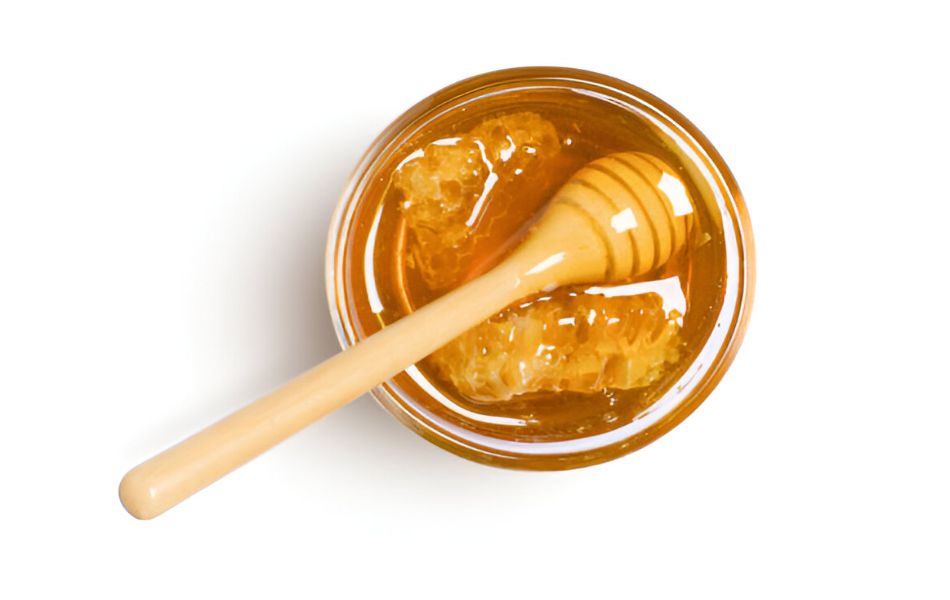
How to substitute:
- Substitute 1 cup of brown sugar with ¾ cup of honey and reduce the liquid in your recipe by about 1 tablespoon for each cup of honey used.
Why it works: Honey adds moisture and sweetness to your baked goods, and it has a more natural flavor profile. The floral notes of honey also complement many baked items, especially cakes and breads.
5. Agave Nectar: A Sweet, Low-Glycemic Option
Best for: Vegan recipes or those seeking a low-glycemic sweetener.
Agave nectar is a plant-based sweetener that’s sweeter than regular sugar, so you can use less of it. Its lower glycemic index makes it a good choice for managing blood sugar levels.
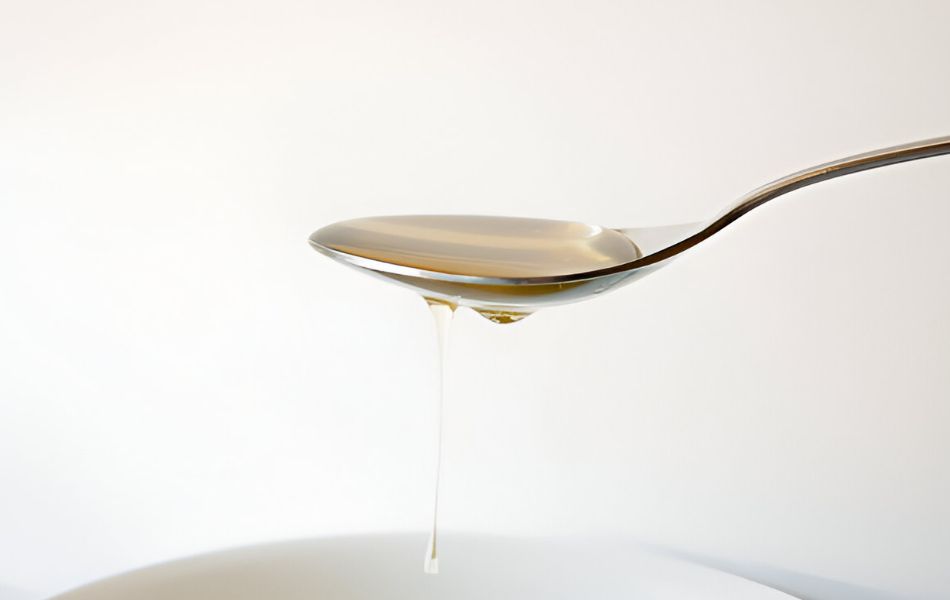
How to substitute:
- Replace 1 cup of brown sugar with 2/3 cup of agave nectar and slightly reduce the liquid in your recipe to maintain the right consistency.
Why it works: Agave nectar is a liquid sweetener, so it adds moisture like brown sugar. It also has a mild flavor that won’t overpower your dish. Its lower glycemic index makes it a healthier alternative for people managing their blood sugar.
6. White Sugar
Best for: Simple baked goods like cakes and muffins, where the molasses flavor isn’t essential.
If you’re out of brown sugar and molasses, plain white sugar will do in a pinch. It won’t have the same depth of flavor or texture, but it will still sweeten your recipe.
How to substitute:
- Use a 1:1 ratio as a replacement.
Why it works: Brown sugar is essentially white sugar with added molasses, so white sugar can serve as a base substitute.
7. Applesauce or Mashed Bananas for Health-Conscious Bakers
Best for: Healthier recipes where you don’t mind a hint of fruit flavor.
Looking for a healthier substitute? Applesauce or mashed bananas can replace brown sugar in recipes like muffins or pancakes.
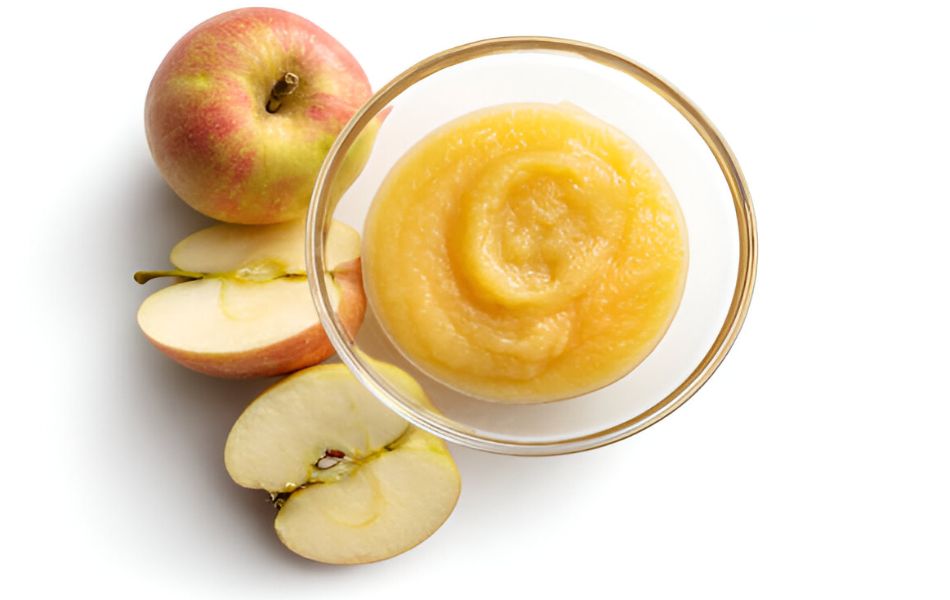
How to substitute:
- Replace 1 cup of brown sugar with ½ cup of applesauce or mashed banana. Reduce the other liquid ingredients slightly to prevent overly moist batter.
Why it works: These fruit-based alternatives provide natural sweetness and moisture.
8. Stevia or Monk Fruit: Low-Calorie Sweeteners
Best for: Beverages, puddings, or recipes that don’t need the texture of granulated sugar.
These natural sweeteners are much sweeter than brown sugar but have zero calories. They also don’t affect blood sugar levels, making them a good choice for calorie-conscious bakers.
How to substitute:
- Check the package for instructions, as these sweeteners are very sweet.
- Usually, 1 teaspoon of stevia replaces 1 cup of sugar.
Why it works: They provide sweetness without affecting blood sugar levels.
Final Tips for Substituting Brown Sugar
- Test First: If you’re trying a substitute for the first time, start with a small batch to see how it impacts the recipe.
- Balance Flavors: Taste your dish as you go and adjust as needed, especially with substitutes that have distinct flavors like coconut sugar or maple syrup.
- Adjusting Moisture: Many brown sugar substitutes, such as honey and maple syrup, add moisture to recipes. Be sure to account for this by reducing the amount of liquid in your recipe, so it doesn’t become too runny.
- Consistency: Some substitutes, like agave nectar or maple syrup, are liquid, so they might not work as well in dry recipes that rely on brown sugar’s grainy texture. In these cases, mixing white sugar with molasses could be your best bet.
Wrap-Up
Running out of a key ingredient like brown sugar doesn’t have to spell disaster for your recipe. With these substitutes, you can get creative in the kitchen and still achieve your desired results. Whether you prefer a pantry staple or a healthier alternative, these options ensure you’ll never have to skip a recipe again.
Need more kitchen hacks and tips? Follow us for updates or join our email list for exclusive recipes and insights! Happy cooking!

